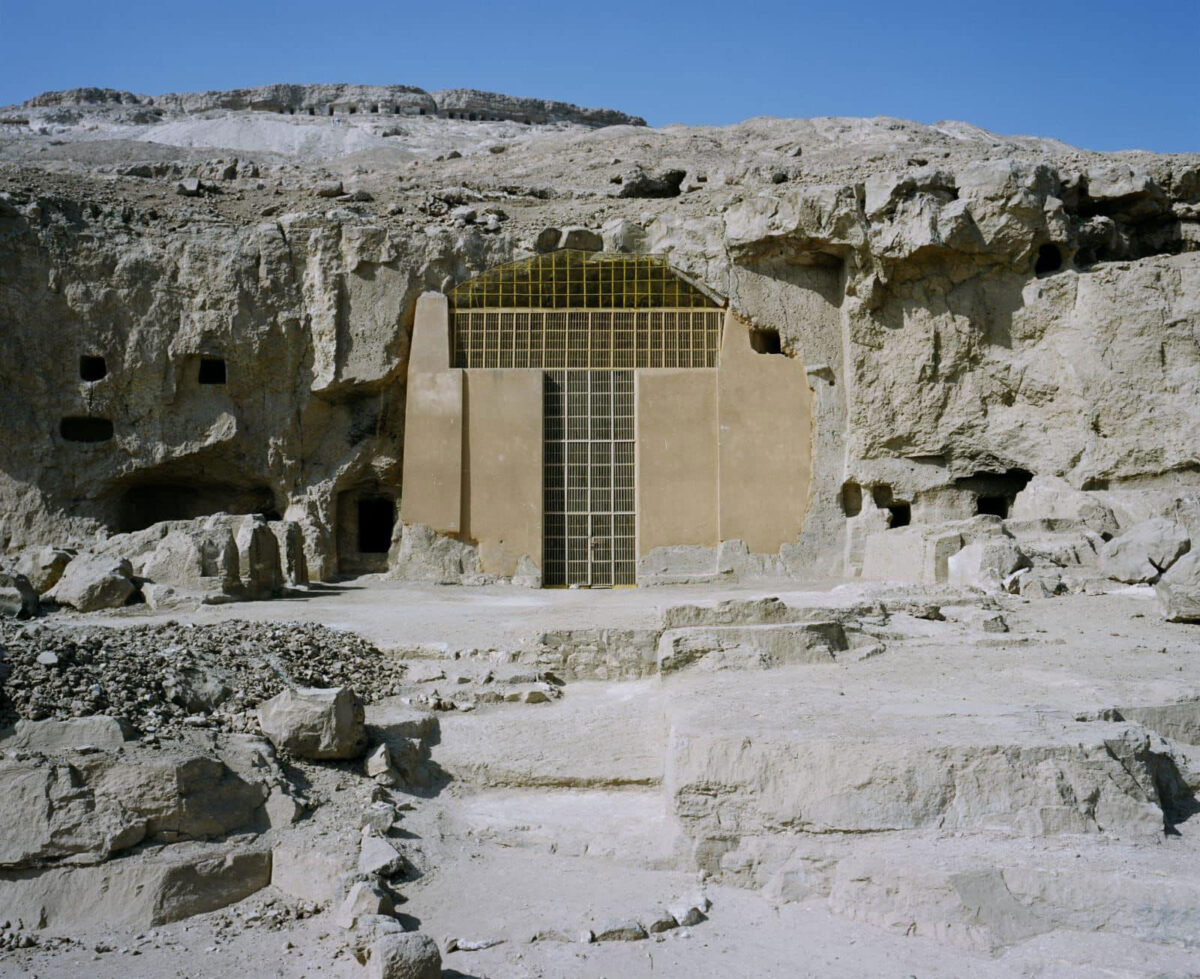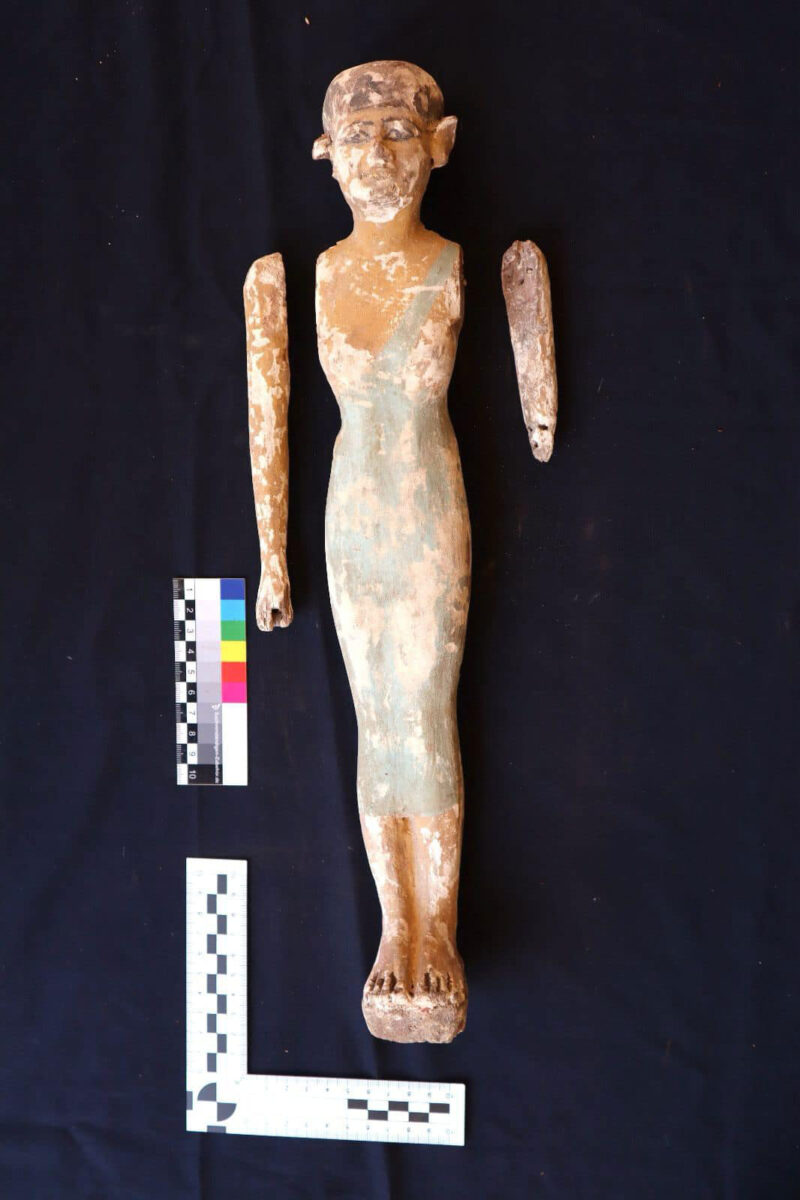In an extraordinary archaeological find, the 4,000-year-old tomb of Idi, daughter of the powerful Middle Kingdom governor Djefaihapi, has been discovered in Asyut, Egypt. Situated 50 feet below ground and near her father’s monumental tomb, this discovery has provided a valuable window into the cultural and artistic practices of ancient Egypt during the Middle Kingdom.
The Burial of Idi: A Symbol of Status and Honor
Idi’s tomb reflects the prominence of her lineage, as she was laid to rest in two beautifully painted coffins, one placed inside the other. This double-coffin design was a hallmark of high-status individuals during the period, symbolizing protection and the layered passage into the afterlife. The craftsmanship seen in the coffins’ intricate designs, combined with the vibrant paintings adorning the tomb walls, speaks to the level of skill and artistry that characterized burial customs for the elite.

Hieroglyphs and Art: Guiding Idi’s Journey to the Afterlife
Though the tomb suffered from looting in antiquity, many elements of its grandeur remain preserved. The hieroglyphs etched on the tomb walls describe Idi as the “lady of the house,” an esteemed title that highlights her noble standing in society. These inscriptions, along with the surrounding artwork, were not merely decorative; they were deeply symbolic, designed to guide Idi on her journey to the afterlife. In ancient Egyptian culture, this transition was of utmost importance, and tombs were prepared with elaborate care to ensure the deceased’s safe journey through the underworld and into eternity.

Middle Kingdom Artistry: A Testament to the Period’s Brilliance
The discovery of Idi’s tomb brings attention to the artistic brilliance of the Middle Kingdom, a time often overshadowed by the more famous New Kingdom period. The meticulous attention to detail in the tomb’s design demonstrates the reverence with which the Egyptians treated the afterlife and their ancestors. The era’s architectural and artistic achievements, though less celebrated, reveal a society deeply committed to its spiritual and cultural beliefs.

The Importance of Burial Practices
Burial customs in ancient Egypt were more than a matter of religious observance; they were also a reflection of social hierarchy and the deeply held belief in life after death. The tombs of individuals like Idi provide us with insight into how the Egyptians viewed death—not as an end, but as a continuation of the journey, one that required care, devotion, and protection. The detailed wrappings, coffins, and inscriptions served as physical and spiritual safeguards for the deceased, ensuring they were well-prepared for the afterlife.

Conclusion: A Legacy of Middle Kingdom Egypt
The Tomb of Idi is a stunning testament to the sophistication, artistry, and spiritual devotion of Middle Kingdom Egypt. Despite the passage of millennia, the tomb still offers an extraordinary glimpse into a world where death was seen as a transition rather than an end. For modern archaeologists, historians, and enthusiasts, Idi’s tomb is not only a remarkable discovery but also a reminder of the enduring legacy of Egypt’s rich and complex cultural heritage.

